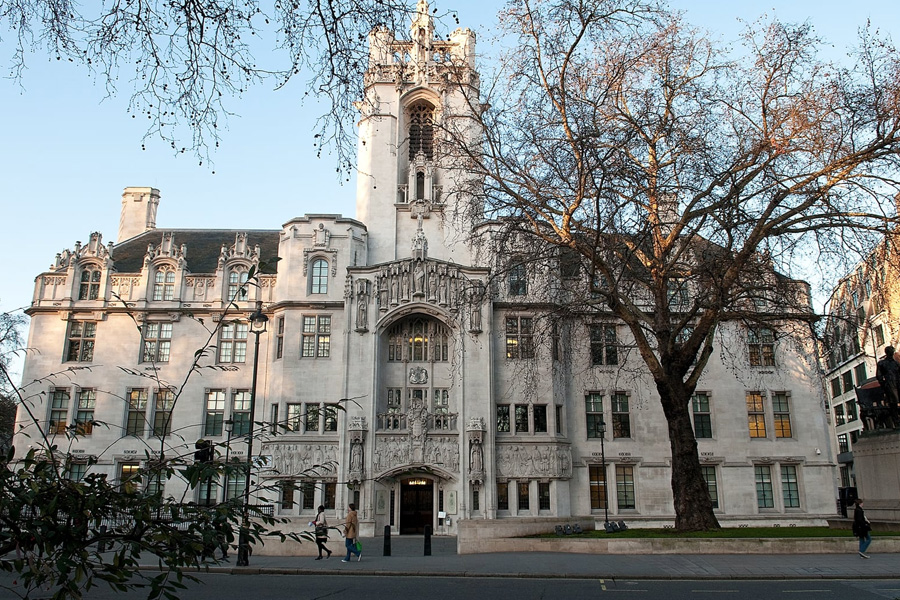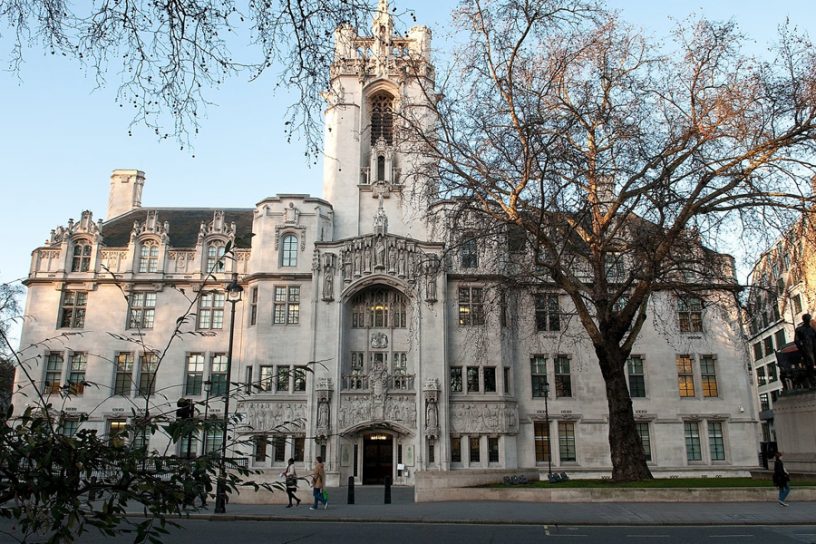
This research paper shows that there are dangers presented by trying to create too much of a divide between the law of contract and tort with respect to the warranty, as demonstrated by a contemporary line of cases in the UK High Court.
Authors
Manasi Kumar, Professor, Jindal Global Law School, O.P. Jindal Global University, Sonipat, Haryana, India
Nistha Pant, Academic Tutor and Teaching & Research for Intellectual Pursuit (TRIP) Fellow, Jindal Global Law School of O.P. Jindal Global University, Sonipat, Haryana, India.
Summary
In common law, the question of whether the express warranty is one that sounds in contract or tort has been a question of some debate. This question is not one of mere academic or historical interest, but an urgent one even today.
Its contemporary relevance is most apparent in the US, where the discussions around the tortious roots of the warranty are found in the current debates around “sandbagging”, which is concerned with whether a buyer has to prove that it actually relied upon the truth of the written warranty expressly incorporated into a commercial contract.
This paper demonstrates that it is unjustified to require a showing of reliance with respect to the written warranty, which was even historically understood as simply a term of the contract, subject to a contract construction approach.
Instead, the only appropriate role for a buyer’s pre-contractual knowledge of falsity is to serve as a relevant factor in evaluating the parties’ intention regarding the scope of the written warranty – an approach followed by UK courts, which have for over a century cast the warranty as a creature of contract.
It is, however, pointed out that there are dangers presented by trying to create too much of a divide between the law of contract and tort with respect to the warranty, as demonstrated by a contemporary line of cases in the UK High Court, because the creation of artificial bright-line rules actually undermines a robust inquiry into the parties’ intentions.
Published in: Liverpool Law Review
To read the full article, please click here.


